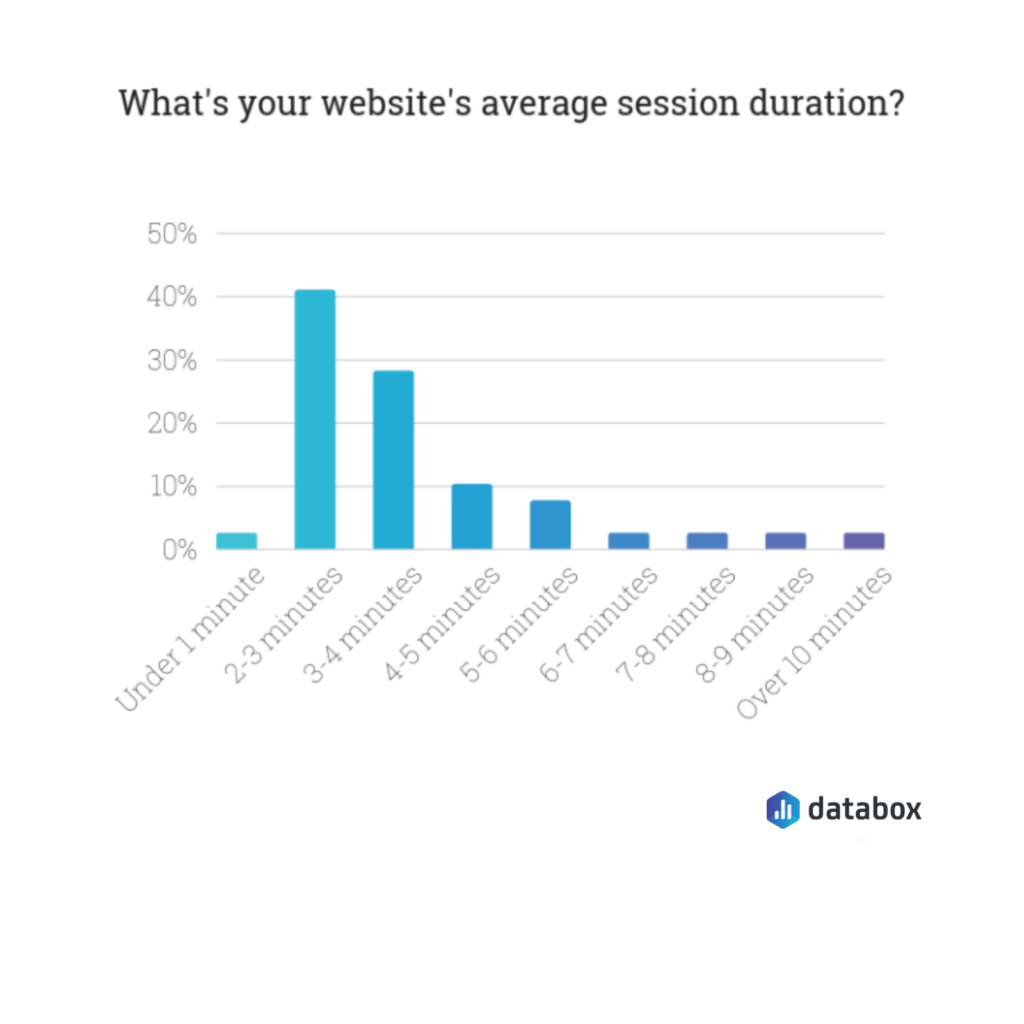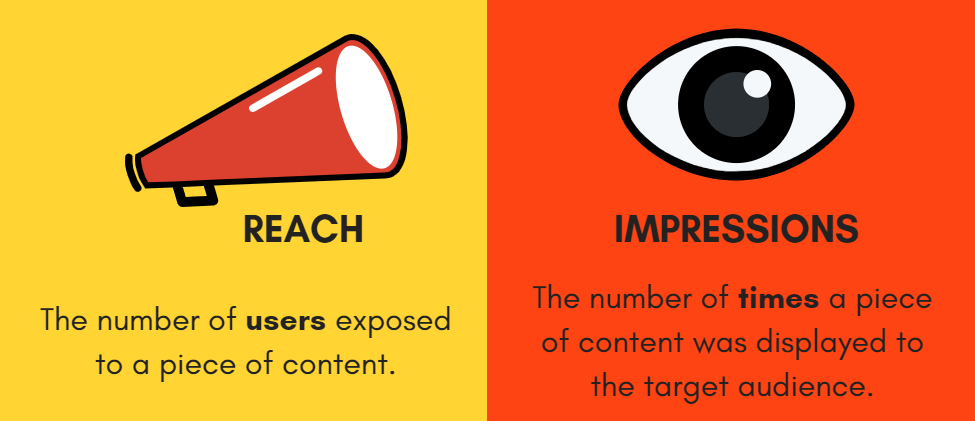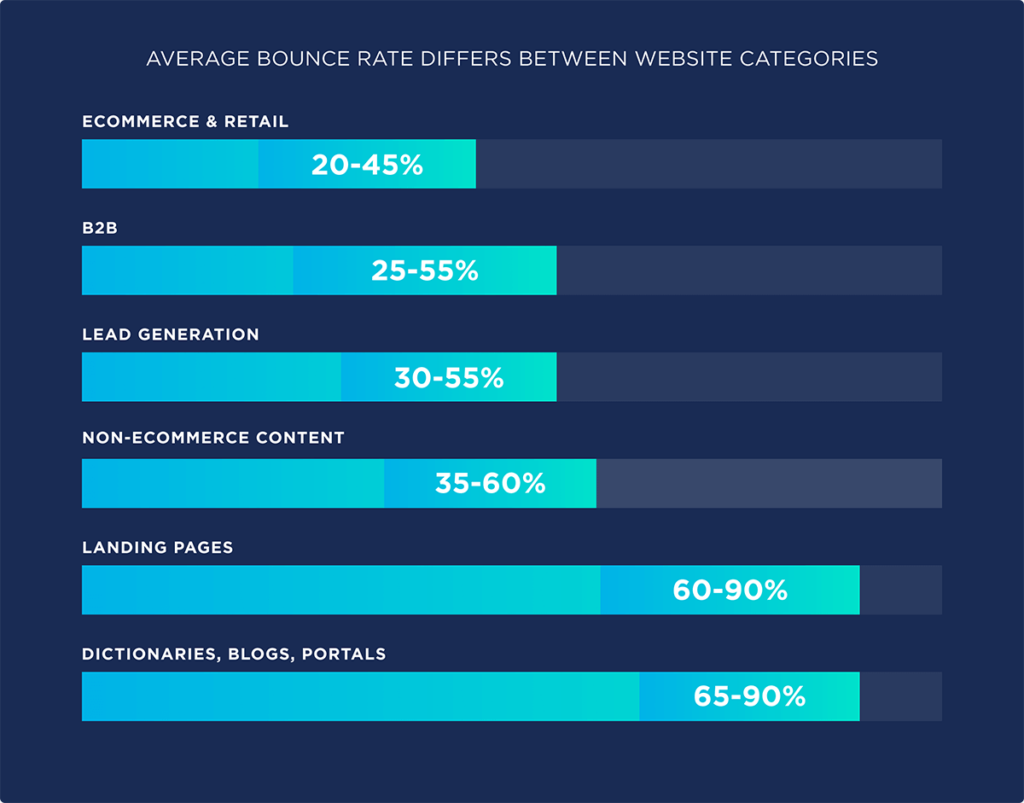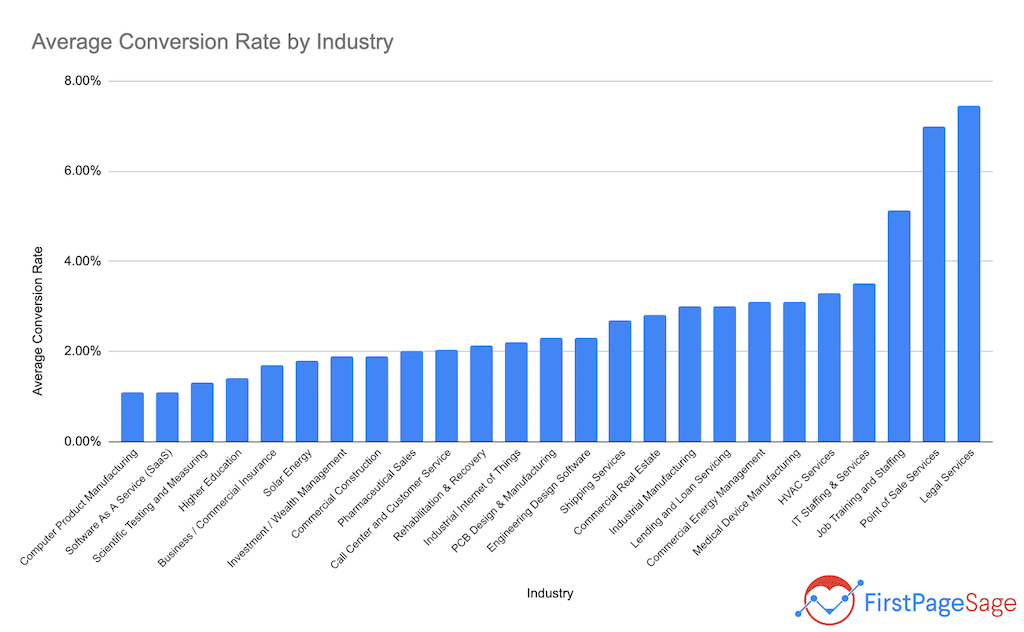
24 Dec How to Measure Digital Marketing Performance?
How to Measure Digital Marketing Performance?
Every business going online needs to keep its investments in check. Evaluating ROI can give you valuable insights into the cost of a business and its returns.
But what if you are investing a hefty amount of time and money in digital marketing and don’t know how fruitful it has been? For this, you need to check your hired digital marketing agency in check.
After a detailed analysis of businesses going digital and generating leads through digital marketing. Here are a few metrics to consider when evaluating digital marketing performance.
1 – Online Traffic And Its Sources
Traffic is the digital marketing strategy; it is the customer’s entry point in the sales funnel.
This is where your soon-to-be customers get introduced to your products and services. These users can find you from anywhere, as in from social media or the paid campaign or organically from the search engine’s result pages.
Evaluation of traffic coming from such diverse platforms is a conundrum itself. To resolve this riddle, you need to define and separate the traffic coming from each platform. You can easily do that by using Google Analytics or a similar tool of your preference.
Separate the new users from returning users and define the percentages monthly for further clarity. This will help you devise your digital strategy to gain new users or help you identify if the returning users are decreasing.
Nowadays, most users are from mobile phones; you need to know what percentage of traffic uses the mobile phone to approach you.
This will help you optimise the website as per users’ needs. If you don’t optimise your website according to users’ needs, the bounce rate will increase, resulting in lower traffic and SERPs.
2 – Average Session Time

The time spent by the users on your website is called a session by the user. These sessions are measured in the average time all the users spend on the website.
Sessions are necessary to determine because they define the website’s bounce rate. If a website has incremental bounce rates, the website’s performance is not considered well.
If your website’s bounce rate is not decremental, you should analyse the website and try to find the reason behind such short session time and website abandoning behaviour of the users.
You can do this by analysing the website’s UX, the website’s content, and the website’s navigation.
Also, include a search bar at a prominent place on the website; this will help users find the product, service, or content that they landed for.
Try giving small incentives to the early abandonments to keep the sessions time as low as you can. Giving free coupons for early abandoners has worked for many online businesses; though no one likes the pop-ups, this is one pop-up no one can hate.
3 – Page Views
Pageviews are a metric necessary for digital marketers to understand the performance of the content. This metric can also be used to determine the favourite product or service on your website.
If a user visited the website’s specific page and returned to the same page again, this will count as an incremental page view.
This metric helps you identify the web page’s performance hence boiling down the weak pages. On which you can later work on to identify the performance issues and to find the probable solutions.
Sometimes when a new page is created, it’s left and not optimised as the rest of the website. This page often attracts much traffic but fails to retain the user for much time.
On the contrary, those pages working well should be put on the homepage if not already displayed as the main content.
If you have a website providing service, there must be services or a service that is the most in-demand. You can quickly identify such pages using the page views to focus on.
4 – Impressions

Impressions mean the number of times your website or content or add pops up against a user’s query. This metric is the most critical metric for the people directing their digital marketing strategy for advertising their brand.
Impressions are helpful because they elaborate on the potential of the product or services you are offering. Also, it provides insightful data about how users are searching for the products or services being offered by you.
Using data from impressions in the content, one can further optimise the website content and optimise all the nitty-gritty details remaining in the website.
This data is always helpful in understanding the users and designing the sales funnel from top to bottom.
5 – Click-Through Rate
The Click-through rate is the successful clicks earned against the impressions. This metric is used for all the digital content, whether it’s the social media content or the content displayed in the PPC ads and for the website content.
There is no harm in calling CTR the second success metric after the impressions gained. The more the CTR, the more is the chance of conversions.
To enhance the CTR, look closely into the users clicking on the ads or content on the digital platforms. Then enhance and optimise the content to make them complete the conversion goals.
The cause of lower CTRs is mostly the ad’s headline or the content’s title. In both, cases using proper CTA and keywords can improve the CTR.
6 – Bounce Rate

As the name suggests, it is a metric that counts the number of users that flee off of your website without interacting with it.
This is not a good metric in a considerable number, but it can show many insights about the website’s performance. This metric shows whether the website’s load time is good or not and much more about the website’s content interaction with users.
To decrease the bounce rate, first, try to identify why the users are not interacting with the website.
If the page speed load time is not performing well, use the Google Page Speed Insights tool to determine what part of the page is laggy and optimise it.
If the users are landing with a query that your website serves but the intended content is hidden somewhere in the pages, or tabs use the internal linking for better navigation.
It’s a utopian dream to try for a “0%” bounce rate; if the data shows you bounce rate numbers below 20%, you must consider diagnosing the tracking problem.
It’s very rare to have such a low bounce rate. The optimal bounce rate percentage is between 30 to 50 per cent. Your average session time should be around 4 minutes at this bounce rate. More than 50% bounce rate is a red flag, and you should find the solution as soon as possible.
7 – Social Reach
Social media is the fuel to the content. If you do not have a solid social media presence, your digital marketing performance is incomplete.
Though social media has its tools that track all the metrics given in this blog, Google Analytics is the best tool to go if you are directing the social traffic to your website.
Now the social media presence is about more likes or followers and interactions. These interactions are easily measurable and are visible to everyone, such as likes, shares, comments, and other people tagging or mentioning your brand.
More people interact with your social media content, more famous you get on social media.
Furthermore, social media marketing is the least expensive marketing technique in digital marketing performance.
To gain social reach, if you only keep an eye on trends of your industry and be creative, the goal is achieved automatically.
It gets easier to convert the users into customers if your brand is known already. To make your brand familiar to your ideal customer’s social media is the best digital marketing tool.
8 – Conversion Rate

Conversion rate is the metric that defines the primary goal of the website. The conversion is evaluated for every website differently, as in for services website the conversion maybe the contact us page or call button.
For the product-based website, the conversion is when a user makes a purchase. In the same way, the blog website can have the subscription button as a conversion metric.
To track all kinds of conversions, use Google Analytics, create and set the conversion triggers as per need. This will give you a vivid image of how many users interact with the website and how many users are converting into customers.
If you have a new eCommerce website achieving the conversion rate might be difficult. To tackle this problem, you need to define many smaller conversion goals.
Achieving these goals on time and then going for the sales as a conversion metric could be more beneficial. These goals could be clicks on the subscription button, clicks on the products or services pages.
9 – Cost Per Conversion
Cost per conversion is the total cost instilled for the average number of conversions. This metric is mainly used in a PPC campaign, but you should calculate it for all the online conversions.
This helps to evaluate the success of any digital marketing performance, and it involves all the metrics given in this blog.
Yes! A few digital marketing strategies might need a conversion metric for the evaluation. But mostly, CPC plays a massive role in concluding the overall return on a marketing campaign.
Some tools assist you in CPC evaluation, but so far, Google’s Analytics is being used the most for this purpose.
10 – Conversions From Email Marketing Campaign

Email marketing is one of the most crucial KPIs measured in the digital marketing campaign.
This is put in last because email marketing has so many KPIs that are measured individually to be added to the overall digital marketing campaign.
Open rate is one of the KPIs considered crucial in email marketing. Open rate is the percentage of the users that opened your email.
This metric is given so much importance because no one will convert from an email campaign unless they open the email.
Click-through rate is the second most important metric in email marketing, as it depicts the users coming from the email marketing campaign.
These users are the newsletter subscribers or offers that you present to your customers. You should measure the CTR of the email campaigns weekly for the best results.
The email marketing campaign has its own conversion rates. It’s not always about making a sale after reading the email.
Email marketing campaign’s conversion rate could also be the completion of the desired goal given in the email.
Email marketing campaigns also have their own bounce rate metric around the user’s inbox. Often some emails don’t exist in real-time, and the emails you are sending do not end up in the desired inbox.
Returns on the email campaign investments are usually delayed to some time. Some define this period as a month, and some campaigns take a year for the returns on the investments.
In both cases, you must evaluate the ROI of email campaigns for better results.
Conclusion
The digital marketing agency you hired records all of this data mentioned above. Ask for the reports elaborated on these KPIs and define the goals to your digital marketing agency regarding these KPIs.
Also, don’t hesitate to elaborate on the measure you loved the most or the one that matters the most to your marketing strategy.
There are a lot of new marketing strategies popping up with the arrival of the new year. A strategy must suit your digital marketing performance KPI the most.
The post How to Measure Digital Marketing Performance? is by Stuart and appeared first on Inkbot Design.


